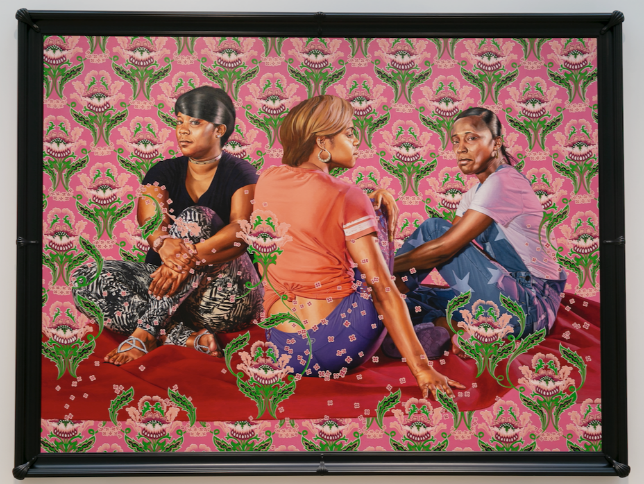
NEW YORK – African-American artists have played a critical role in the canon of American art history for years but still remain undervalued despite the bevy of well-known artists like Charles Ethan Porter, Faith Ringgold, Henry Ossawa Tanner, Romare Bearden, Jacob Lawrence, Edmonia Lewis, Jean-Michel Basquiat, Kara Walker, Sam Gilliam and others.
A joint study by artnet News and In Other Words of 30 major museums in late 2018 found that since 2008, the acquisition of works by African-American artists hovers around 2.4 percent and these artists are represented in just under 8 percent of exhibitions.
In honor of Black History Month, let’s take a look at a few of the leading African-American artists, both in decades past and those working today, whose contributions to the art world have made people sit up and take notice. The list does not aim to be exhaustive as space is limited here. No doubt readers will argue certain artists have been erroneously omitted but hopefully it will stimulate conversation on the topic.
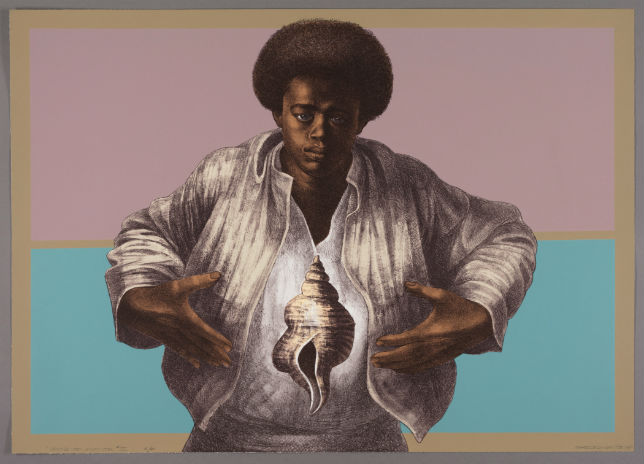
Among notable artists is Romare Bearden (1911-1988), best known for his striking and large-scale collages exploring universal themes, which were influenced by a variety of sources, particularly blues and jazz music, according to the Romare Bearden Foundation. Art professor, historian and critic Michael Brenson said, “What gave these collages special power was their size. Originally, they were no larger than 14 by 18 inches, but striving for monumentality, Bearden had them photographed and blown up to large black and white sheets, which he named ‘Projections.’”
Jacob Lawrence (1917-2000) is best known for his iconic The Migration Series paintings, which revolutionized the art world when they debuted at New York’s Downtown Gallery in 1941.

“His modernist depictions of everyday life as well as epic narratives of African American history and historical figures,” according to commentary on the website of DC Moore Gallery, made him one of the most important artists of the 20th century.
Charles White (1918-1979) was featured in a major retrospective at the Los Angeles County Museum of Art in 2019 surveying his career. A renowned draughtsman who concentrated on making portraits of historical and contemporary African-Americans, he depicted their strength and deep character despite racial injustices they endured. “He extolled their dignity, humanity and heroism in the face of the country’s long history of racial injustice and encouraged his viewers and fellow artists of color to project their own self-worth,” according to commentary on the museum’s website.
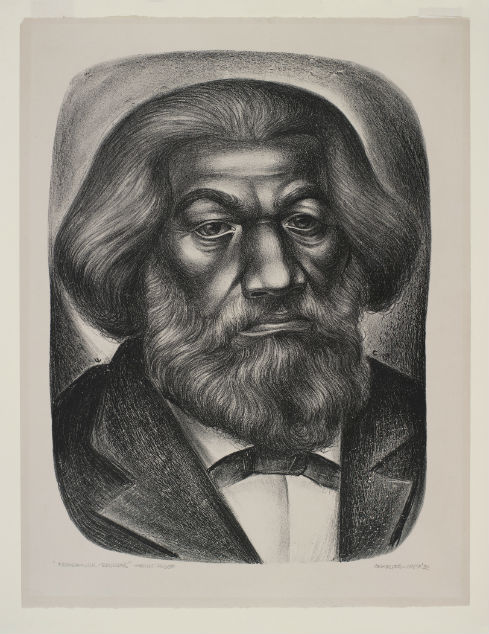
Featured in a 2018-19 solo exhibition at the St. Louis Art Museum was Kehinde Wiley (b. 1977-), whose larger than life oil paintings of contemporary African American subjects unapologetically and boldly command attention. Encompassing themes of politics in race and power in art, Wiley uses his art to waken viewers to the underrepresentation of artists of color.
Co-curator Simon Kelly, Ph.D., explains in his exhibition catalog essay that Wiley’s work engages with the problematic histories of empire, colonialism and slavery. “Wiley’s work has an important position in the contemporary renaissance of portrait painting as a genre. Black artists have played a pivotal role here. Kerry James Marshall – an artist Wiley greatly admires – has been central but so too has the work of a range of younger artists from Mickalene Thomas to Lynette Yiadom-Boakye. These painters all engage closely with art historical tradition and question the lack of black subjects in historical portraiture.”
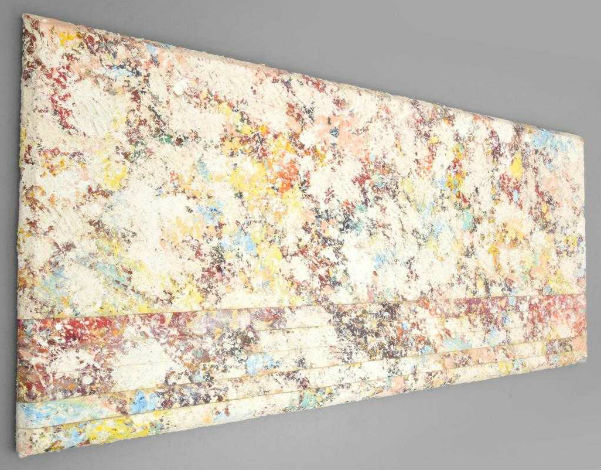
Other thought-provoking 2019 exhibitions exploring similar themes of underrepresentation include “Stony the Road We Trod,” at the Georgia Museum of Art at the University of Georgia, which surveys how African-American artists reinvented their and the Southern identity; “On Their Own Terms,” presented by UA Little Rock’s Windgate Center of Art and Design, which showcases a wealth of talented artists who have created art on their own terms, and Brooklyn Museum’s “Soul of a Nation: Art in the Age of Black Power,” which called out the unfair social conditions experienced by African-American artists as they made their art from 1963 to 1983.
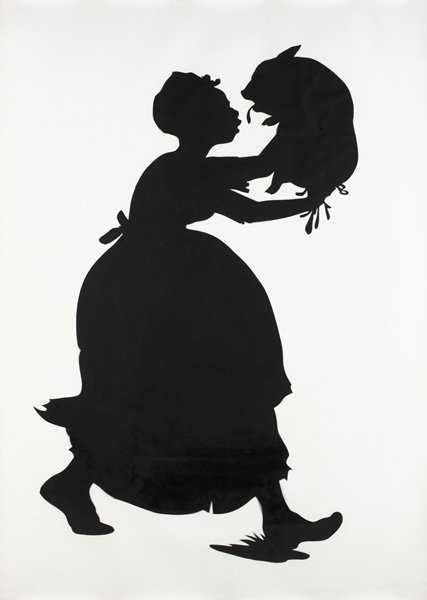
Keeping the artistic tradition going are several notable contemporary artists, including Kara Walker (b. 1969-), noted for her silhouettes. Walker’s art was featured in a powerful 2018 exhibition, “Kara Walker: Virginia’s Lynch Mob and Other Works,” at New Jersey’s Montclair Art Museum.
“The blankness of the interior space within the outer form line of Walker’s silhouettes allows viewers to project their own fantasies and desires, knowledge of and misunderstandings about, our shared history and contemporary culture,” said exhibition curator Gwendolyn DuBois Shaw, an art professor and independent curator.
African-American artists are continuing to transform the art world, and they are doing it on their own terms.
# # #


